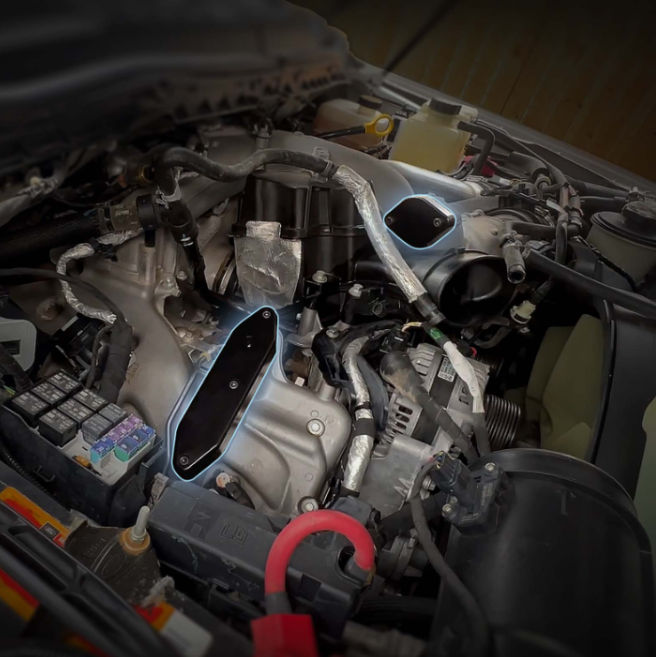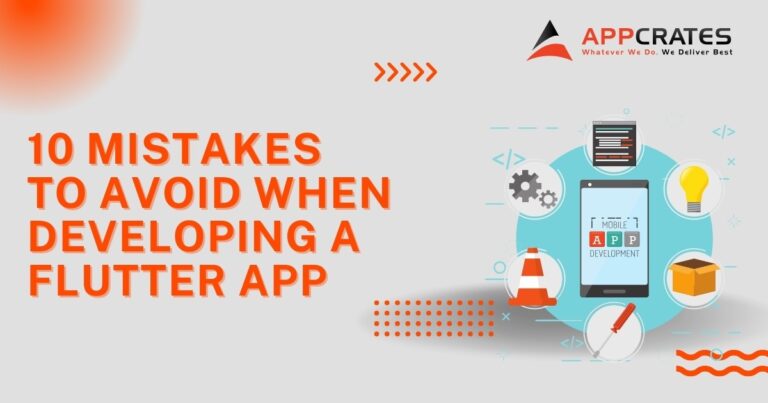Beyond the Bot: Why Autonomous AI Is Just Getting Started
What happens when the tool starts making decisions on its own?
This question used to belong in science fiction. Now, it’s part of investor meetings, startup roadmaps, and late-night Slack threads. The rise of autonomous AI—machines that don’t just assist but act independently—is reshaping how work gets done. We’ve moved past simple automation. Today’s systems plan, initiate, and execute actions, sometimes without a single click from a human.
In this blog, we will share why this shift matters, how it’s already changing industries, and what organizations need to prepare for next.
AI Isn’t Just Smarter. It’s Bolder.
Autonomous AI isn’t about answering your emails faster. It’s about writing the strategy, booking the meetings, and following up on your behalf. Sound overblown? Not if you’ve followed the trajectory of agent-based tools like AutoGPT or the newer AI assistants that can browse the web, manipulate spreadsheets, and trigger backend actions with little human oversight.
In the past year, we’ve seen this technology leap from early research into live deployments. Teams are experimenting with AI agents that manage customer onboarding, flag compliance risks, and monitor server health across networks.
Even non-tech teams are leaning in. Marketing departments are using AI not just to schedule campaigns but to create ad variations based on real-time performance data. HR is piloting bots to recommend personalized training modules. This isn’t about efficiency alone. It’s about delegation.
But delegation requires trust. And with trust comes risk.
The Hidden Cost of Speed
Here’s the twist: as agentic systems become more capable, they also become less predictable. They operate in environments with multiple variables. They weigh outcomes. Sometimes, they make mistakes—or worse, bad decisions. And unlike a spreadsheet macro, they don’t just break quietly. They act.
That’s where agentic AI security comes in. Without it, companies risk letting autonomous systems operate in the dark. Within the first 300 words of any conversation around autonomy, the conversation should include this: safeguards must evolve with the tech.
It refers to a growing set of tools and frameworks that monitor, control, and limit what autonomous AI can do in real-world systems. It includes everything from policy enforcement based on data sensitivity to real-time alerts when AI tries to act outside of its scope.
Let’s say a marketing AI agent suddenly tries to access HR files to personalize onboarding. Is it creative initiative or a privacy violation? Security systems designed for static, rules-based software can’t always tell. But new agent-aware frameworks can. And this difference could save companies from major compliance headaches.
If the AI world is shifting from chatbots to full-on decision-makers, then your security posture can’t stay frozen in 2020. You need systems that know when to pause an agent mid-task. Or flag behavior that looks fine but feels off.
Why This Isn’t Hype
Every few years, tech gets a new “next big thing.” Blockchain, VR, the metaverse—some take off, others fizzle. Autonomous AI is different because it solves a real, old problem: decision fatigue. In industries like logistics, finance, and healthcare, thousands of micro-decisions happen every hour. AI that can handle those, reliably and in real time, is more than helpful. It’s necessary.
Startups are already jumping in. In retail, AI agents reorder stock automatically based on weather patterns. In real estate, bots write up listing descriptions and schedule showings. For financial services, they flag anomalies in transactions before humans even notice.
None of this is theoretical. It’s happening in startups and large enterprises alike. The question isn’t if agentic AI will be part of operations—it’s how much you’ll let it do, and whether you’re ready to supervise it properly.
Don’t Ignore the Boring Parts
Autonomous AI is exciting until it’s not. Imagine a bot overbooking meetings because it interpreted an empty calendar as “free time.” Or filing a tax report early and incorrectly because it misread an update.
The boring stuff—versioning, audit logs, rollback capabilities—is suddenly mission-critical. If your AI can make moves, your systems must know how to track them. Think of it like having a remote team member who never sleeps. That sounds great until they start sending client emails at 2 a.m. in all caps.
Companies need strong logging, permission systems, and clear audit trails. Not because agents are evil. But because they’re fast, tireless, and often overconfident. That mix is powerful—and potentially chaotic.
It’s Not About the Tech. It’s About the Rules.
Technology evolves faster than regulation. And AI is no exception. But there’s a growing conversation about whether companies should build their own “terms of use” for AI agents, much like acceptable use policies for employees.
Should AI be allowed to send customer emails? Access internal dashboards? Write code? The answers may vary, but the questions aren’t optional anymore.
Some organizations are setting up AI governance boards, mixing legal, security, product, and engineering leaders. These boards evaluate each AI use case before deployment. It’s not about slowing progress. It’s about managing it.
Others are creating AI sandboxes—controlled environments where agents can operate freely, but without real-world consequences. It’s a great way to test new ideas while limiting risk.
What Individuals Should Pay Attention To
This shift affects more than companies. If AI is acting on your behalf, you should know when and how. People using AI scheduling tools, virtual assistants, or automated shopping bots need to check what permissions they’re giving.
Did that AI link to your email? Your calendar? Your banking app?
Consumers must get comfortable with reading the fine print. Or, better yet, tools should start summarizing that fine print in plain English. If your AI assistant has the power to move money, you should know exactly how, when, and where.
Transparency isn’t optional. It’s survival.
Look Ahead, but Stay Grounded
Autonomous AI isn’t a moment. It’s a movement. And like every major shift, it’s arriving with more noise than clarity. There will be missteps. Overpromises. Weird errors. And probably a few spectacular failures.
But the promise remains: AI that helps you do more, faster, without burning out.
To get there, we need to build with eyes open. Security must match speed. Governance must evolve with ambition. And users—from CTOs to everyday folks—need to stay just curious enough to ask, “Wait, what did the bot just do?”
Because when the machines start doing more than talking, that question becomes more than a punchline. It becomes the first step to real, responsible progress.
Keep an eye for more latest news & updates on Gravity Internet Net!





